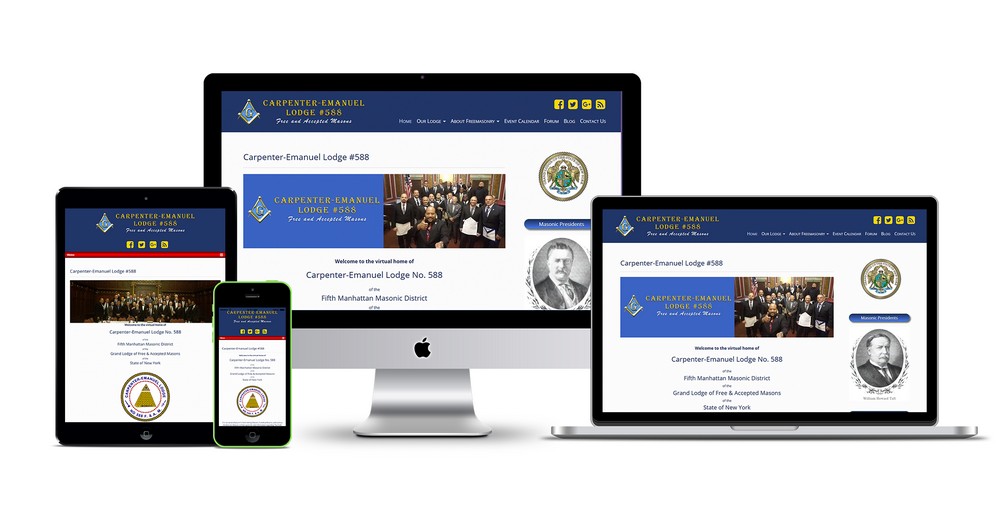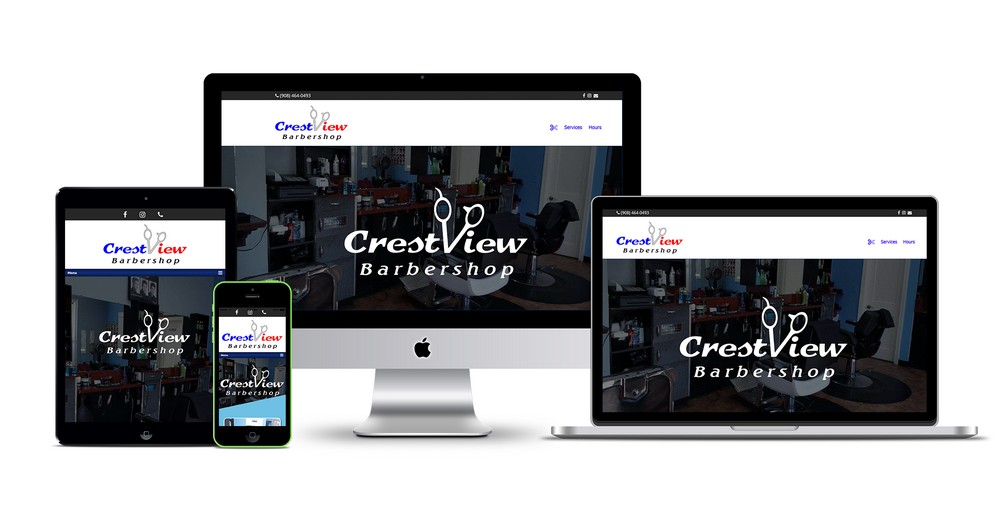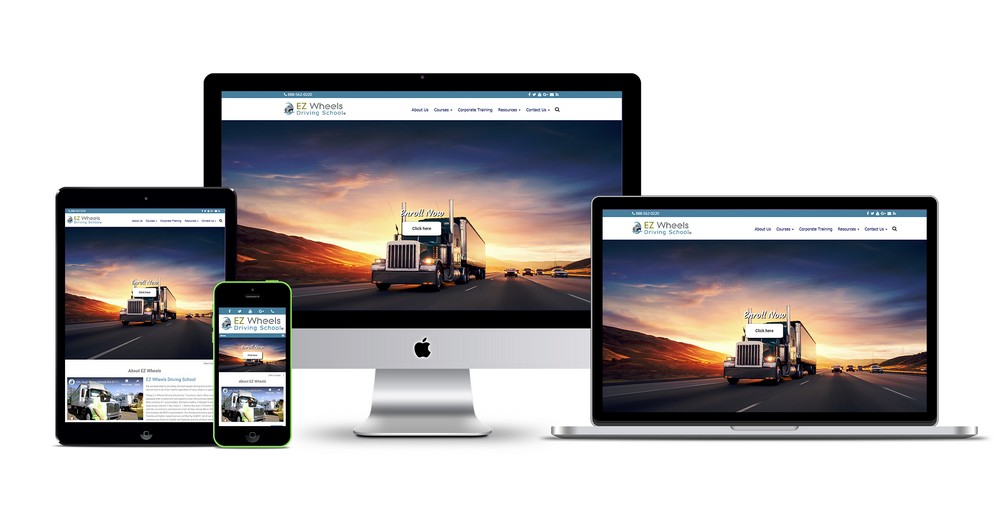In today’s digital landscape, user experience plays a pivotal role in determining the success of a website. One of the key factors influencing user experience is website loading speed. Not only does a fast-loading website enhance user satisfaction, but it also impacts your website’s search engine ranking, particularly on Google. In this article, we’ll delve into the relationship between website loading speed and Google ratings, and why prioritizing speed optimization is crucial for online success.
The Need for Speed in the Digital Age
With the increasing availability of high-speed internet and the proliferation of mobile devices, users have developed shorter attention spans and higher expectations for online experiences. Studies have shown that users are more likely to abandon a website that takes longer than a couple of seconds to load. A slow-loading website not only frustrates users but can also lead to missed opportunities, higher bounce rates, and ultimately, lower conversion rates.
Google’s Emphasis on User Experience
Google, being the dominant search engine, has always aimed to provide the best possible search results for its users. To achieve this, it places a strong emphasis on user experience. In 2010, Google introduced website speed as a ranking factor, underscoring its importance in delivering a seamless browsing experience. Since then, the loading speed of a website has become a significant factor in determining its search engine ranking, affecting its visibility to potential users.
Impact on Bounce Rates
When users encounter a slow-loading website, they are more likely to abandon it and return to the search results. This phenomenon is known as a high bounce rate, which indicates to search engines that users did not find the content relevant or the website usable. Google interprets high bounce rates as a negative signal, which can result in a lower ranking for the website. Conversely, a fast-loading website keeps users engaged, reduces bounce rates, and signals to Google that the website provides a positive user experience.
Mobile-First Indexing
With the shift towards mobile browsing, Google introduced mobile-first indexing. This means that Google predominantly uses the mobile version of the content for indexing and ranking. Mobile devices often have limitations in terms of processing power and network connectivity. As a result, mobile-friendliness and loading speed have become even more critical. Websites that load quickly on mobile devices are more likely to rank higher in search results, leading to increased visibility and traffic.
Core Web Vitals and User Experience Signals
In recent years, Google has refined its approach to measuring user experience through a set of metrics known as Core Web Vitals. These metrics assess various aspects of a website’s loading performance, interactivity, and visual stability. The Core Web Vitals, including metrics like Largest Contentful Paint (LCP), First Input Delay (FID), and Cumulative Layout Shift (CLS), offer a comprehensive view of a website’s user experience. Google has indicated that these metrics will have a significant influence on search rankings, underlining the importance of loading speed in the overall user experience.
Conclusion
Website loading speed is no longer just a matter of convenience; it directly impacts your website’s Google rating and search engine ranking. In the competitive online landscape, where users demand instant access to information, a slow-loading website can deter users and damage your online reputation. Prioritizing speed optimization not only enhances user satisfaction but also boosts your chances of ranking higher on Google. By understanding the intricate relationship between loading speed and Google ratings, you can take proactive steps to provide a seamless browsing experience that keeps users engaged and search engines happy.




















